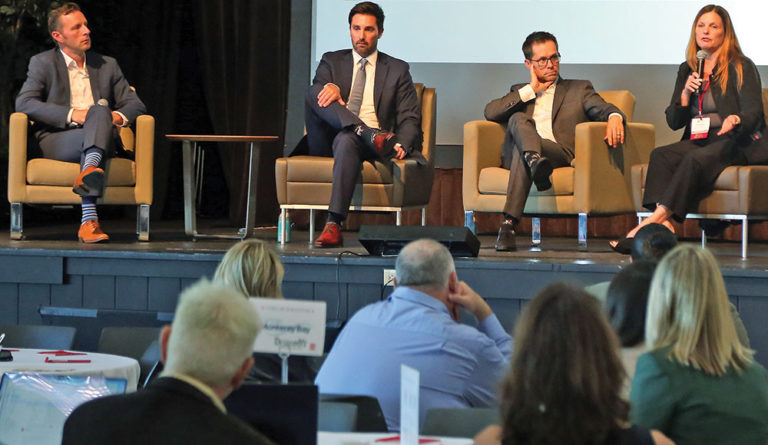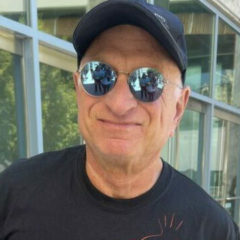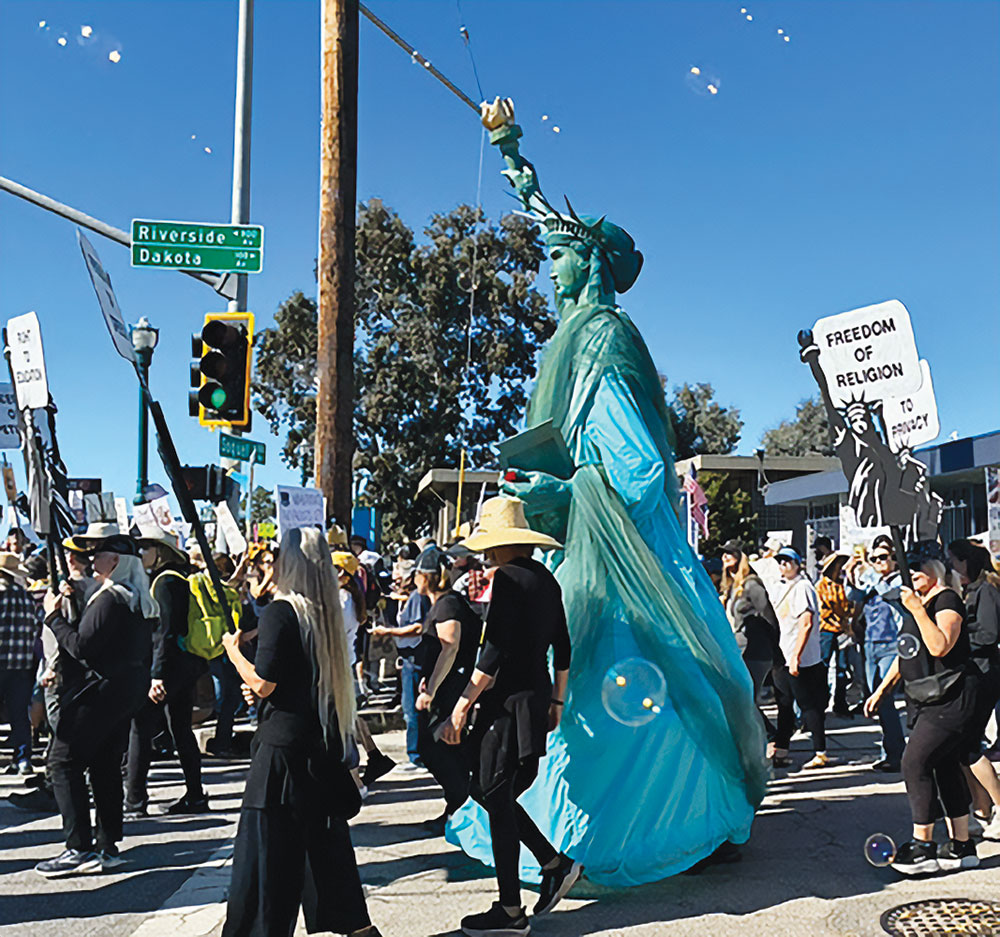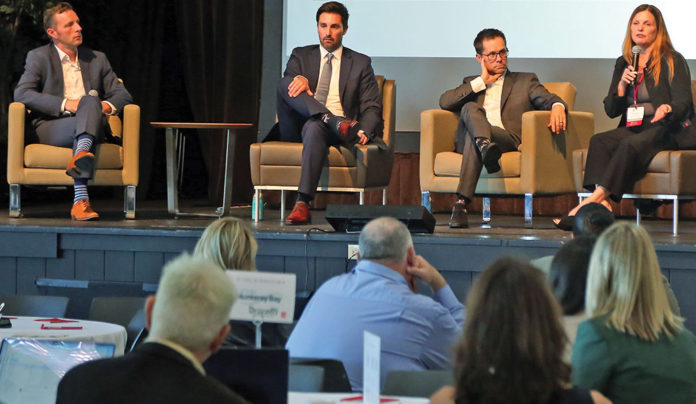Published in cooperation between Poker Strategy and Good Times
Five years ago, you could still get away with promising to “get them next time,” but today, the money hits their account before you’ve even left the table. From Uber drivers cashing out after each ride to home buyers closing deals in hours instead of weeks, instant payments have completely changed how money moves through the economy.
A new analysis from Federal Reserve Financial Services shows that 78 percent of Americans actively select faster transfer options when offered – a habit banks can see in real time through surging Zelle traffic, which moved $480 billion last quarter alone.
It has become the connective tissue for daily cash flow, with 151 million users and more than $1 trillion in volume last year, embedding real-time movement directly into consumer banking.
On the back end, the RTP network operated by The Clearing House connects those same institutions, clearing about 1.18 million payments a day. After lifting its transaction cap to $10 million, it now supports everything from payroll cycles and supplier settlements to corporate transfers that once stalled under traditional wire systems.
The same push for speed has filtered through nearly every major industry, with gig platforms among the first to feel it—Uber and DoorDash drivers began choosing apps that could pay them the same night they worked, forcing competitors to upgrade their payout systems or lose their workforce.
Healthcare caught on next, with insurance companies ditching two-week check processing for instant claim payments, while real estate firms can finally close the deal within a single day instead of waiting for wire confirmations.
The gaming and entertainment industry went all-in on speed early, investing millions in automated verification systems and payment processor partnerships. Payment systems were rebuilt to sync directly with player accounts, removing the pauses that once broke the flow between rounds.
In high-stakes games like poker and blackjack, where winnings often roll into the next round, that immediacy changed how players manage their funds—and how analysts measure engagement. Every serious operator has to compete on transaction time, so pokerstrategy.com explains where to find fast payout casinos with proven track records for quick withdrawals.
These platforms blend multiple payment routes with automated verification and secure banking rails, giving players near-instant access to winnings and 24/7 support to keep systems stable.
That mindset spread into business banking, where idle funds started to look like wasted time. When a customer pays, the funds no longer drift through processing queues—they’re available almost immediately, feeding back into payroll, orders, and supply costs without delay.
For small firms, that cash turnover often decides whether payroll clears or a short-term loan becomes unavoidable.
Big companies treat it as a strategy, wiring live payment rails into procurement and logistics so capital moves the moment goods change hands. Payment visibility has become so precise that treasury teams monitor liquidity minute by minute, adjusting short-term lending or supplier terms based on live balances.
Siemens now uses JPMorgan’s programmable digital coin to trigger payments automatically when contract conditions are met, a glimpse of how automated transactions are starting to reshape corporate finance.
FedNow has gone from a quiet test run to a backbone of U.S. payments in less than two years. The Federal Reserve launched it in mid-2023 with just 35 banks; today, more than 800 use it to move money every hour of the day. Transaction volume has been climbing roughly 15 percent each month, hitting nearly 12 million transfers by September, as regional banks race to connect before the fiscal year closes.
That convenience has shifted expectations across the sector—72 percent of business clients say they would switch banks for faster settlement, a statistic that forced even the slowest institutions to modernize.
The race to control real-time money movement has turned into one of the fiercest battles in finance. Zelle handles more than half of all peer-to-peer transfers in the U.S., with 54.6 percent of the market, while Venmo holds 20.5 percent and Cash App trails at 10.6 percent.
Each platform is chasing the same goal—to make moving money feel no different from sending a message—but that accessibility has changed how people treat what they earn.
As money moves between checking, savings, and investment accounts, banks are learning that liquidity itself has become volatile. Balances circulate so quickly that overnight interest strategies barely register, pushing networks to expand capacity simply to handle the velocity of small-dollar transfers.
On October 3, 2025, The Clearing House’s RTP system moved $5.2 billion in a single day—a scale that shows how deeply instant settlement is now built into the country’s financial pulse.
The effect reaches far beyond personal transfers, though—hourly workers expect same-day pay, small businesses move cash across accounts in real time, and suppliers rely on immediate receipts to keep goods flowing. Raising RTP’s transaction limit from $1 million to $10 million sent average payment values soaring nearly 200 percent in one quarter.
More than 1,000 U.S. banks and credit unions already support instant settlement, and nearly 90 percent of the rest plan to follow within two years. At this point, slow processing looks like a system failure.
The next phase of this transformation is digital money itself. Stablecoins—tokenized currencies backed by cash reserves—have doubled in circulation over the past 18 months, climbing from $120 billion to $250 billion, with analysts projecting a $2 trillion market by 2028. JPMorgan, Mastercard, and Visa already use blockchain rails to move funds across borders in seconds, while Shopify accepts USDC to cut credit card fees that eat into merchant profits.
Lawmakers are finally moving to legitimize the trend: the GENIUS Act, advancing through Congress, would require full cash backing and monthly audits for stablecoin issuers, giving traditional banks a clear legal framework for participation.
When those systems connect, geography stops mattering. Dollars, tokens, and data begin to share the same network speed. A transfer to London will move as fast as one to Los Angeles, and the idea of waiting days for funds to clear will sound as outdated as writing a check.
Americans already expect money to move with the same speed as their messages or deliveries—and the financial system is racing to keep pace with that demand.

























